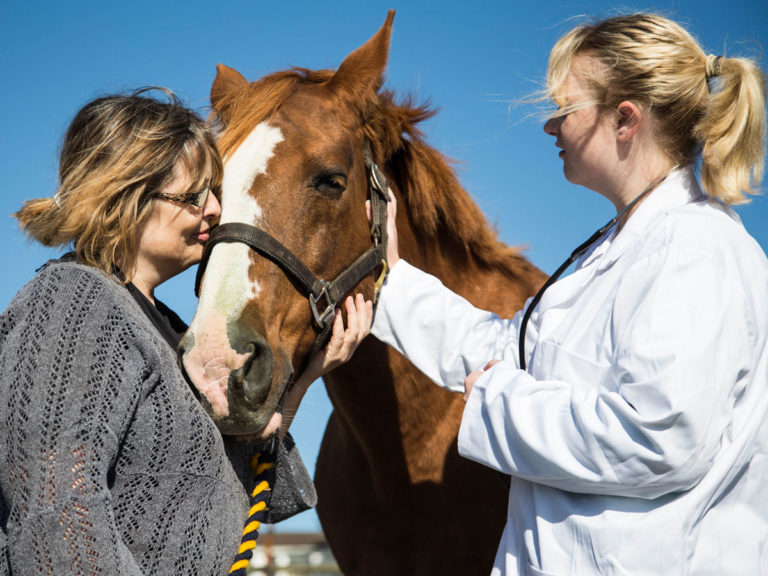
An open access article was published in the Equine Veterinary Journal titled, “Atrial fibrillatory rate as predictor of recurrence of atrial fibrillation in horses treated medically or with electrical cardioversion.” It was authored by Rikke Buhl, Eva M. Hesselkilde, Helena Carstensen, Charlotte Hopster-Iversen, Gunther van Loon, Annelies Decloedt, Glenn Van Steenkiste, Celia M. Marr, Virginia B. Reef, Colin C. Schwarzwald, Katharyn J. Mitchell, Katarina Nostell, Nora Nogradi, Søren SaxmoseNielsen, Jonas Carlson and Pyotr G Platonov.
In the article, it was noted that the recurrence rate of atrial fibrillation in horses after cardioversion to sinus rhythm (SR) is relatively high. Atrial fibrillatory rate derived from surface electrocardiogram (ECG) is considered a biomarker for electrical remodeling and could potentially be used for prediction of successful atrial fibrillation cardioversion and atrial fibrillation recurrence.
The aim of this retrospective multicenter study was to evaluate if atrial fibrillatory rate was associated with successful treatment and if atrial fibrillatory rate could predict atrial fibrillation recurrence in horses.
ECGs from horses with persistent atrial fibrillation admitted for cardioversion with either medical treatment (quinidine) or transvenous electrical cardioversion (TVEC) were included. ECG recordings were analyzed by spatiotemporal cancellation of QRST complexes and calculation of atrial fibrillatory rate from the remaining atrial signal. Kaplan-Meier survival curve and Cox regression analyses were performed to assess the relationship between atrial fibrillatory rate and the risk of atrial fibrillation recurrence.
Of the 195 horses included, 74 received quinidine treatment and 121 were treated with TVEC. Ten horses did not cardiovert to sinus rhythm after quinidine treatment and atrial fibrillatory rate was significantly higher in these, compared to the horses that successfully cardioverted to sinus rhythm (median [interquartile range IQR], 383 [367-422] vs. 351 [332-389] fibrillations per minute (fpm), p<0.01). Within the first 180 days following atrial fibrillation cardioversion, in total, 12% of the quinidine and 34% of TVEC horses had atrial fibrillation recurrence. For the horses successfully cardioverted with TVEC, AFR above 380 fpm was significantly associated with atrial fibrillation recurrence (hazard ratio = 2.4, 95% CI 1.2–4.8, p=0.01).
Bottom Line: High atrial fibrillatory rate is associated with failure of quinidine cardioversion and atrial fibrillation recurrence after successful TVEC.








